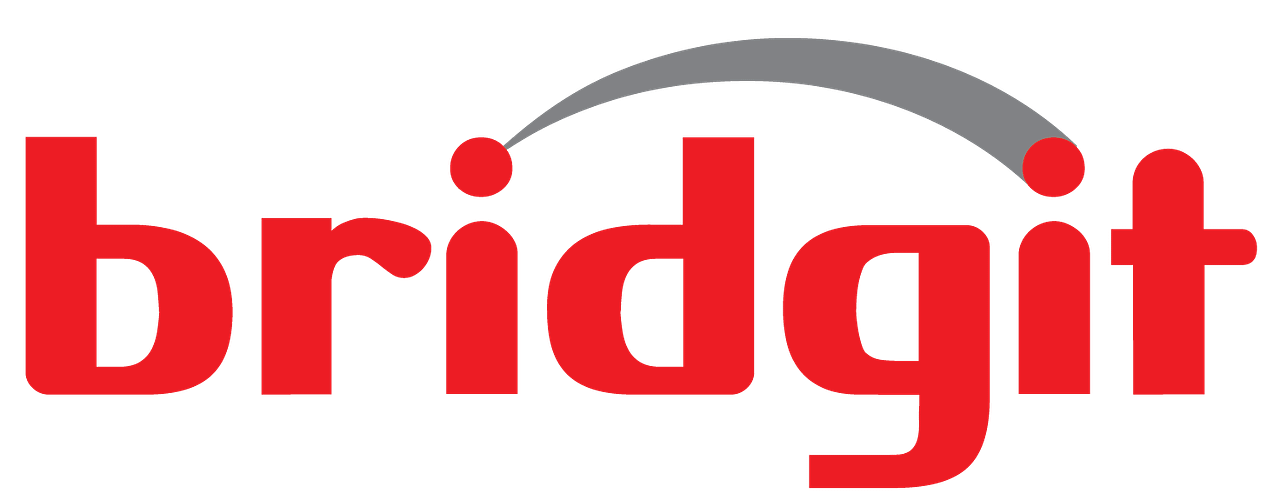OVERVIEW
Managing a modern SDLC project requires a thorough understanding of the various roles that must come together in order to create a successful application. This understanding begins by recognizing the need to work within a multidisciplinary environment. Business Analysts, Project Managers and Software Testers each have an important role to play and multiple implementation options (such as Waterfall or Agile) are available to them. Knowing which tool or technique to use in any particular situation is key to success. This Fundamentals of SDLC training course will give you the knowledge you need to help you choose between these methods, tools and artifacts so that you can quickly and efficiently take your SDLC project from concept to working implementation.
LEARNING OUTCOME
At the end of this training one should be able to:
- Describe the different types and levels of software testing
- Write effective User Stories that can be used to identify requirements in an Agile project
- Comprehend how each different life cycle model is an effective SDLC Implementation
- Choose the proper project management methodology for your project
- Select different estimating methods and how they should be utilized for time and cost estimation
- Comprehend Agile Manifesto and its relationship to the twelve (12) principles of Agile
TARGET AUDIENCE
- Managers of Software Development organizations
- Project Managers
- Team Leads
- Business Analysis Managers
- Business Analysts
- Testing Managers
- Systems Testers
- Product Owners
- Program Managers
- Systems Architects
- QA Professionals
- Anyone wanting to enhance their business analysis or project management skills
COURSE OUTLINE
- Overview of the Systems Development Life Cycle
- Overview of SDLC
- Overview of Business Analysis
- Overview of Project Management
- Project Management Methodologies Compatible with the SDLC
- Project Initiation
- Communications
- Risk
- Performing the Work (Project Execution)
- Closing the Project
- Agile Overview
- Project Initiation
- Project Planning- The Project Management Plan
- . Subsidiary Management Plans
- Baselines
- Scope
- Schedule
- Cost
- Elaborating Requirements
- Models- Flow, Context, Swim Lanes, Process Flow
- Scope Baseline
- Project Scope Statement
- Work Breakdown Structure/Work Packages
- Activity Definition
- Dependency Determination
- Estimating
- Analogous
- Parametric
- 3-Point
- Schedule Baseline
- Critical Path Method
- Important Subsidiary Management Plans
- Test Plan
- Purpose
- Considerations
- Test Budgeting
- Contents
- Human Resources
- Parts
- Responsibility Assignment Matrix (RAM)
- RACI
- Test Plan
- Communications
- Components
- Risk
- Qualitative Risk Analysis
- Performing the Work (Project Execution)
- Developers and Testers
- Perform Software Testing
- Requirements Traceability Matrix
- Levels of Testing
- Other SDLC Issue
- Training
- Rollout
- Closing the Project
- Product Acceptance
- Project Closing
- Lessons Learned
- Project Sign-off
- Transfer
- Agile Overview
- C
- Why Agile
- The Triple Constraints in Agile
- Agile Approach to Planning
- Agile Manifesto
- Agile Principles
- Agile Methodologies
- Scrum Process
- XP
- Agile Planning
- Levels
- User Stories
- Release Planning
- Product Backlog
- Sprint Planning, Story Points and Team Velocity
- Daily Scrum
- Sprint Review
- Demo
- Sprint Retrospective



